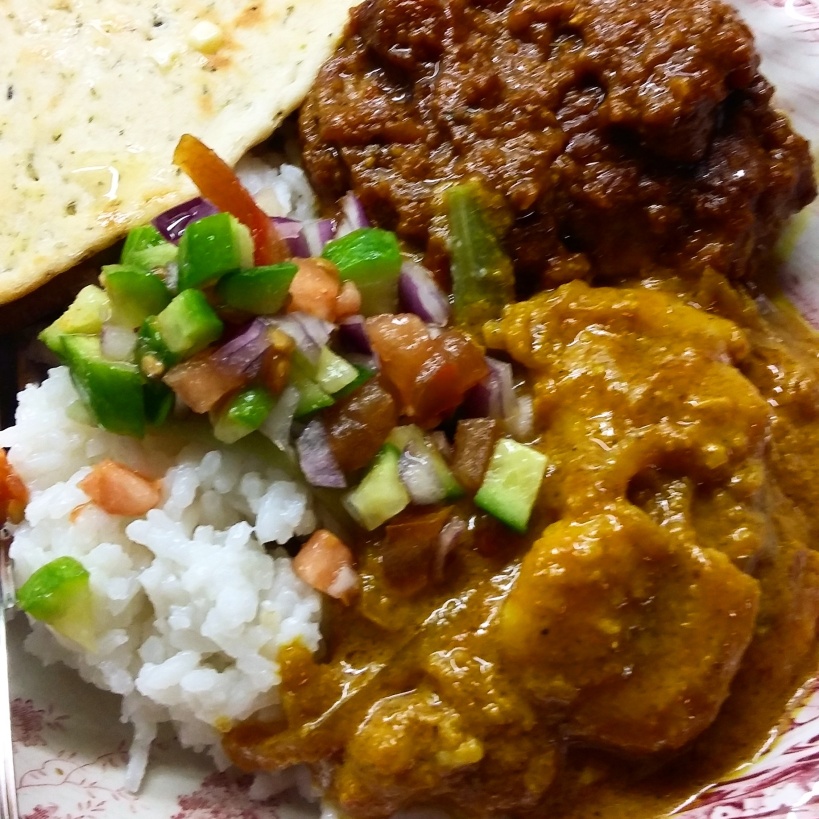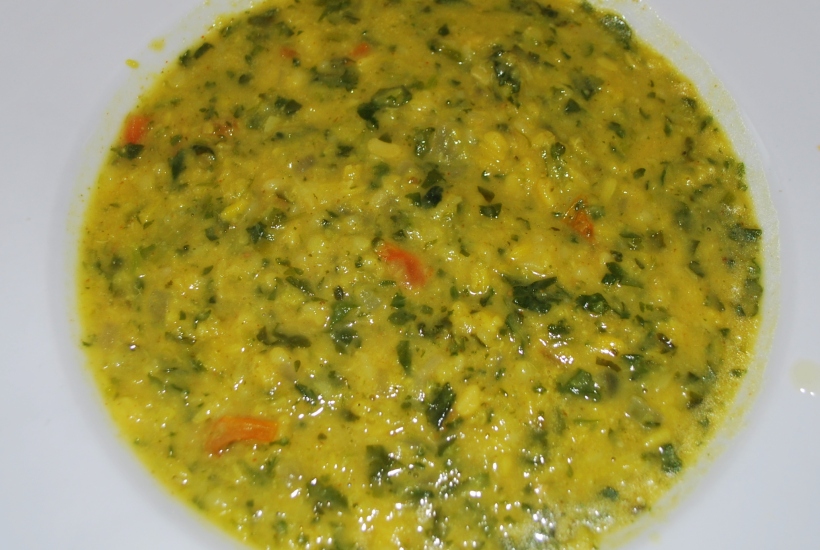Best friends who know too many secrets about you are worth holding on to. If they share a history with you going back to school days, consider yourself very lucky indeed. Especially if they also believe that you can never own too many recipe books. My best pal, Ria, does a grand job each year of fuelling my obsession with cookbooks and Christmas or Birthday (and sometimes both…I’m not complaining) a new book will find its way to me and I’ll enjoy months and then years of experimenting with new recipes.

We talk most days on the phone, which Big Man finds both incredible and hilarious (“what on earth were you talking about for the last half an hour?”…”oh, nothing much, this and that”). Our conversations invariably end with “so, what’s for dinner tonight?” and we’ll happily chat for a further 10 minutes about what we’re cooking, planning to cook, wishing we had the energy to cook, or what we took out of the freezer put by from when we were more organised with our cooking a couple of weeks back.
Lately, I’ve been cooking up a good few curries from my birthday present cookbook. Curries from all over the place and this chicken curry from Pakistan really was fantastic. Definitely dinner party quality, but also simple enough for a family meal. The description of the recipe explains that it was a Special curry because in the fifties and sixties, if you were invited to dinner and served this, you would know the hosts had spared no expense in your honour because chickens were hard to obtain and expensive. Luckily for most of us, this is no longer the case, but if your purse runs to it, buy the best you can.
Desi Murgh Curry – Special Chicken Curry (serves 4)
- 4 tbsp sunflower oil
- 2 large onions, finely sliced
- 2 tsp each of garlic and ginger paste
- 4 tomatoes, skinned and finely chopped (or use tinned, as I did)
- 50g plain Greek style yogurt
- 1 ½ tsp hot chilli powder (or more or less, to taste)
- 1 tsp ground turmeric
- 1 tsp cumin seeds
- 2 tsp ground coriander
- 3 large cardamom pods (the recipe calls for black ones but I used green)
- 6 cloves
- 1 bay leaf
- Salt to taste
- 1 chicken approx 1.2kg, skinned and jointed (I used 8 skinned chicken thighs, bone in)
- Chopped coriander to garnish
Heat the oil and fry the onions until golden brown, take your time doing this, it’s worth it. Remove the onions and when they have cooled slightly, grind them to a paste. I did this using my stick blender with a splash of water added to the mix.

Add the ginger and garlic pastes to the oil and fry gently for a few minutes then add the tomatoes and next the yogurt. Cook for about 5 minutes then add the onion paste, the spices the bay leaf and a little salt. Continue to cook gently until the oil separates out.
Put the chicken pieces into the pan, spoon the sauce over and add about 500ml of water. Cover the pan and cook slowly for about 50 minutes until the meat is cooked through and tender. You may need to add a splash more water so keep an eye on it.
Remove the lid, check for seasoning (adjust the salt if necessary) and continue to cook for a few more minutes without the lid until the oil separates out again. Garnish with coriander, and serve. Don’t forget to call your best friend to tell her how good it was and you’re sorry there’s not a portion waiting for her in your freezer as you ate the lot…oops!

If a veggie curry is more your thing, hop over to take a look at my Mung Bean Curry.




















